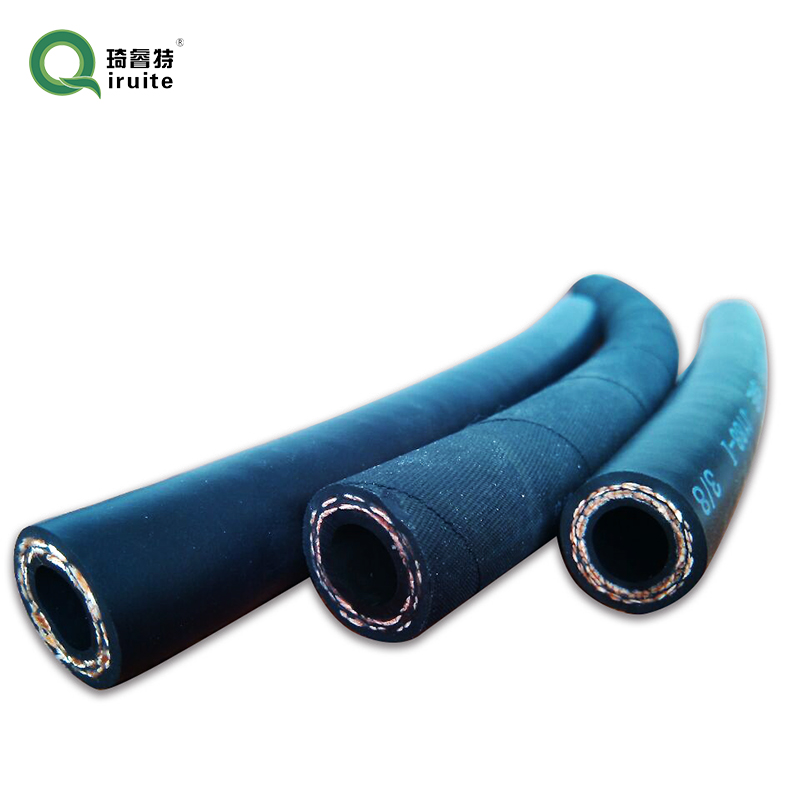how to stop power steering hose leak
How to Stop Power Steering Hose Leak
Power steering is an essential component of modern vehicles, allowing for effortless steering and better control. However, one issue that many vehicle owners face is a leak in the power steering hose. A leaking hose can lead to a drop in power steering fluid, resulting in increased steering effort and potential damage to the steering system. Fortunately, there are ways to address and stop power steering hose leaks effectively.
Identify the Leak
Before you can address a power steering hose leak, you must first identify its source. Park your vehicle on a level surface and turn off the engine. Check the power steering fluid reservoir to see if it's low. If it is, look for signs of leakage. A puddle of fluid under the vehicle or wet spots along the power steering hose are good indicators. You may also notice fluid spraying in the engine compartment. Power steering fluid typically has a reddish or clear appearance, which can help in identifying its source.
Use a Sealer
One quick fix for minor leaks is to use a power steering fluid leak sealer. These sealers contain additives that can swell and soften the rubber in the hose, effectively sealing small cracks and holes. To use this method, simply follow the instructions on the sealer’s label. Typically, you will add the product to your power steering fluid reservoir, then run the engine for a few minutes to ensure the sealer circulates throughout the system. Remember, this is a temporary fix and not a substitute for proper repairs, but it can help you get by until you can address the issue more thoroughly.
how to stop power steering hose leak

Inspect and Replace the Hose
If the leak is more significant or the sealer doesn’t work, you may need to replace the power steering hose altogether. Before starting, ensure you have the proper tools and a replacement hose that matches your vehicle’s specifications. Begin by safely lifting the vehicle and securing it with jack stands. Locate the power steering hose, which typically connects the power steering pump to the steering gear. Carefully remove the hose from its fittings. Be prepared for some fluid spillage, so have a catch pan handy.
Once the old hose is removed, compare it to the new one to ensure it is an exact match. Attach the new hose, making sure to tighten the connections securely to prevent future leaks. Refill the power steering fluid reservoir with the appropriate fluid type as indicated in your vehicle’s manual.
Check for Leaks After Repair
After replacing the hose, start your engine and turn the steering wheel back and forth a few times. This will help circulate the new fluid and remove any air trapped in the system. Monitor the hose and connections for any signs of continued leakage. If everything appears dry, you’ve successfully stopped the power steering hose leak.
In conclusion, while a power steering hose leak can be a nuisance, with the right tools and approach, you can effectively stop the leak. Remember to regularly check your power steering fluid levels and inspect hoses for signs of wear to prevent future issues. If you're uncomfortable performing these tasks yourself, it's always best to consult a professional mechanic.
-
Ultimate Spiral Protection for Hoses & CablesNewsJun.26,2025
-
The Ultimate Quick-Connect Solutions for Every NeedNewsJun.26,2025
-
SAE J1401 Brake Hose: Reliable Choice for Safe BrakingNewsJun.26,2025
-
Reliable J2064 A/C Hoses for Real-World Cooling NeedsNewsJun.26,2025
-
Heavy-Duty Sewer Jetting Hoses Built to LastNewsJun.26,2025
-
Fix Power Steering Tube Leaks Fast – Durable & Affordable SolutionNewsJun.26,2025

